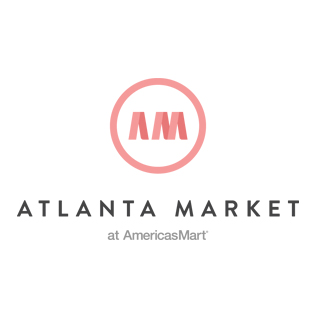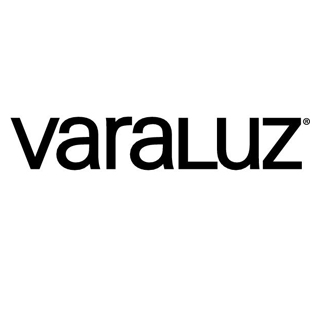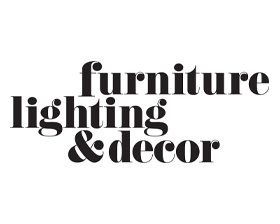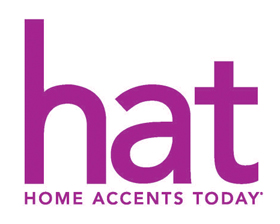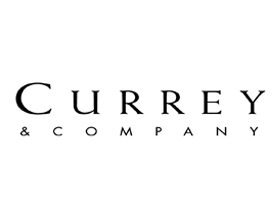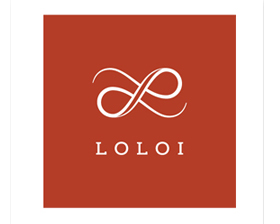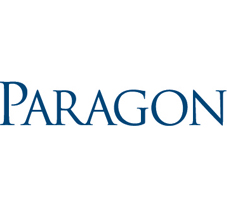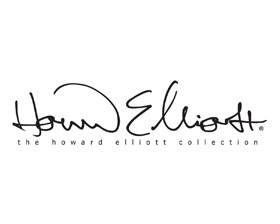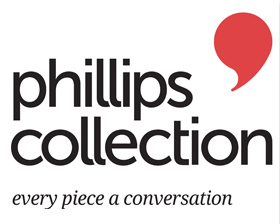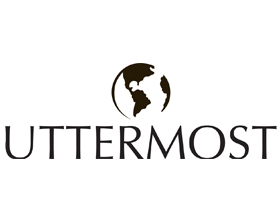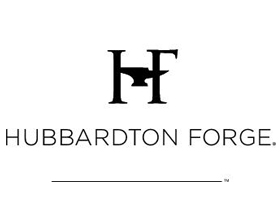 If you were to ask any small business owner what their #1 priority is, most would say cash flow. After all, without cash to keep a business afloat, there is NO business. For retailers, the challenge of identifying where their cash is best spent and best managed takes top priority. Typically, most small retailer’s have their dollars tied up in inventory. For many, this can be as much as 75% to 90% of their total business assets, making retailers unique in their cash flow management compared to other small businesses.
If you were to ask any small business owner what their #1 priority is, most would say cash flow. After all, without cash to keep a business afloat, there is NO business. For retailers, the challenge of identifying where their cash is best spent and best managed takes top priority. Typically, most small retailer’s have their dollars tied up in inventory. For many, this can be as much as 75% to 90% of their total business assets, making retailers unique in their cash flow management compared to other small businesses.
Inventory Gone Bad
Plain and simple, too much of anything isn’t good. And in the case of inventory, this is especially true. Inventory costs money, therefore consumes buying dollars and total cash from a retailer’s budget. Yet, there always seems to be something necessary to buy – whether it’s a reorder, a new product, an entire product category or more depth of current inventory – retailers always have the challenge of determining where they should allocate their next available dollars. Yet all too often, “available dollars” aren’t there and then inventory becomes outdated or unavailable, creating a shopping environment that doesn’t appeal to customers.
Among the worst struggles is when indie retailers know certain products weren’t good for their store assortment, yet they are hesitant to mark them down. This is an old fashioned case being retail naive when a store buyer simply does not want to acknowledge their poor buying decisions or admit what they bought is not working. The reality is, if something is not selling, it’s hurting your open to buy dollars. Why? Because without selling this – even through a strategic markdown plan – you can’t recover any money invested… which then becomes money lost. Too many buys like this can kill a store.
Of course, excessive markdowns can equal tragic margins. Yet you can’t get your margins back to where they should be without an effective markdown management plan. You won’t gain full margins on the sales of these items – this is not a secret that we’re trying to hide – but you also won’t be able to ever get your dollars made up with bad inventory in your store. And on that note, here’s a challenge for you.
- Walk your store as a customer would and write down your favorite three items. Now identify why they are your favorite three.
- Walk your store as customer would and identify your least favorite three items. Identify why.
- Take the role of management again and identify how long each of these items has been on your store shelves. Do you see any similarities to the in-store dates versus your preference of liking them or not? While shelve dates don’t always tell the story of a poor buy or not, it’s a good first step in identifying what’s been hanging out for too long that isn’t selling and needs to go.
The reality of “boutique” buyers is that they like things fresh, new, different and strong in quality or style or both. They shop indies because they love the variety of product assortment, as well as the uniqueness of the stores, employees and charm of their location. But don’t be fooled. These customers are smart, and if they see the same inventory again and again and again, they won’t be running to check out “what’s new” every time they walk by. Be sure to clear your inventory clutter through appropriate markdowns to move inventory and open up buying dollars. And while your big picture goal is not to have a lot of markdowns necessary, for those upsets you do buy, don’t let them ruin the rest of your inventory’s spotlights.
Want more cash flow tips? Send us your questions or post them below! We look forward to supporting you in future blogs and through Retail Minded Magazine – a more in depth approach to support boutique retailers!
Contributed by Nicole Leinbach Reyhle, Founder & Editorial Director of Retail Minded – the nation’s only support for independent businesses both in and out of their stores. Learn more at www.RetailMinded.com.




